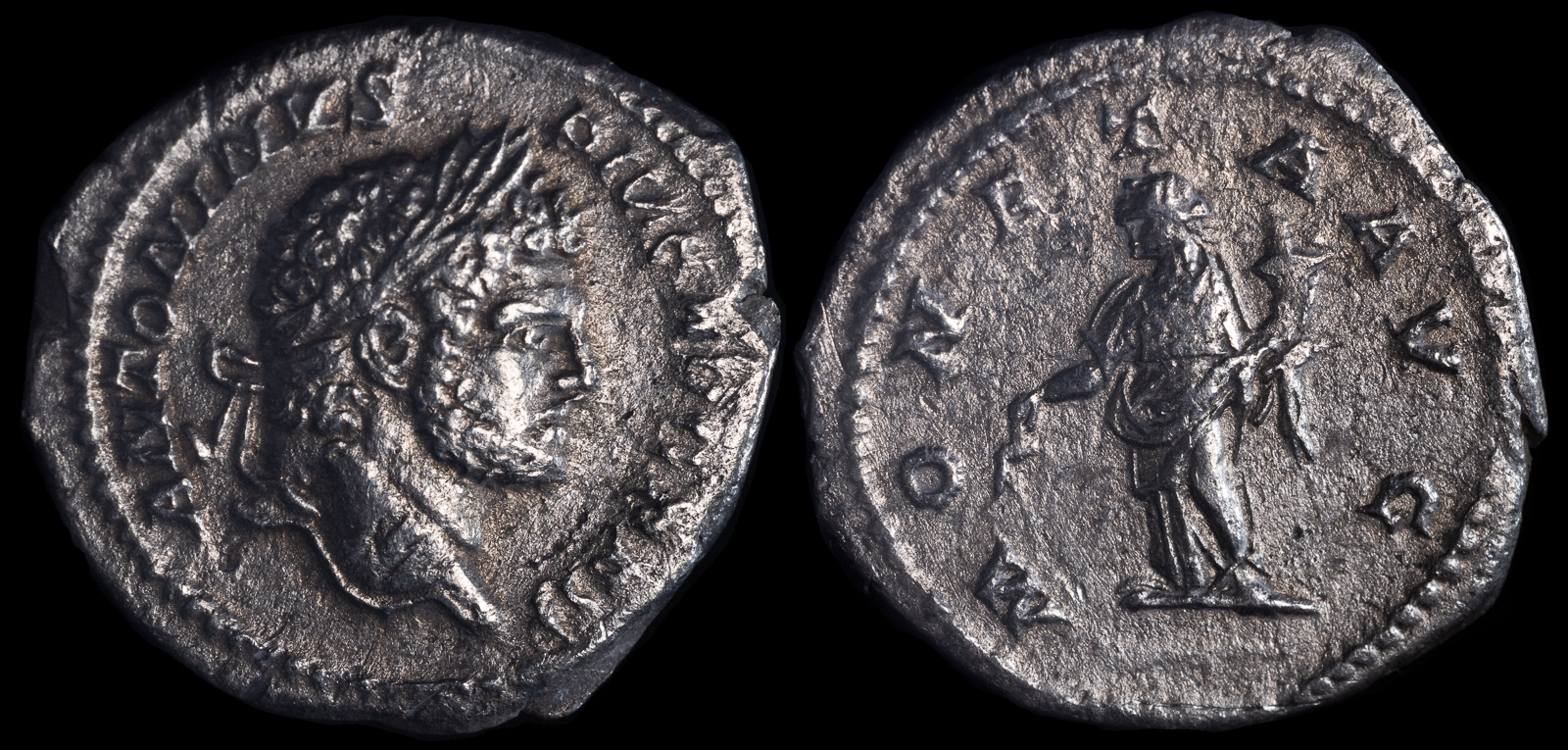Moneta
View All Tags
The goddess Moneta had a significant role in early Roman society, with her temples and shrines closely associated with the minting of coins. Her name became synonymous with coinage after the establishment of the Roman mint in the Temple of Juno Moneta, which stood on the Capitolium in Rome. According to Roman legend, the temple’s dedication to Juno Moneta was linked to the goddess’s ability to warn the Romans of impending dangers, a role that symbolized her power over the financial well-being of the state. This association of Moneta with both warnings and prosperity gave rise to her direct connection to the minting of coins, which served as the monetary foundation of Roman society.
The Temple of Juno Moneta became the official site where the Roman mint operated, and thus the term moneta came to refer not only to the goddess but to the very concept of Roman coinage itself. Coins struck under the auspices of the temple were often marked with the image of Juno Moneta or her symbols, which further reinforced the goddess’s association with currency and trade. It is believed that Roman coins struck in the late Republic and during the Empire carried not only the faces of emperors and gods but sometimes also images or inscriptions related to Moneta herself.
As a goddess, Moneta symbolized the economic stability and prosperity of the Roman state. Her connection to wealth and minting reflected her importance in the management of the state’s resources, and she was often invoked in times of economic uncertainty. The Roman state relied heavily on coinage as a means of facilitating trade, taxation, and military funding, making Moneta’s role as the goddess of currency highly significant in maintaining the empire’s economic health.
Over time, the term moneta became so closely associated with Roman coinage that it evolved to be the root of the modern words “money” in many languages, including English, French (monnaie), and Italian (moneta). This linguistic legacy highlights Moneta’s enduring influence on the development of currency and financial systems beyond ancient Rome.

Caracalla
Rome 198-217 CE
Denarius AR 20mm, 2,30g
Obv: ANTONINVS PIVS AVG BRIT. Head of Caracalla, laureate, bearded, right.
Rev: MONETA AVG. Moneta, draped, standing left, holding scales in right hand and cornucopiae in left hand.
Ref: RIC 224; BMC 90; RSC 165